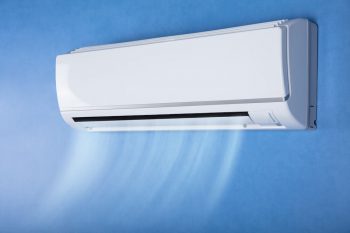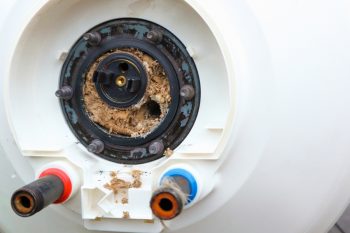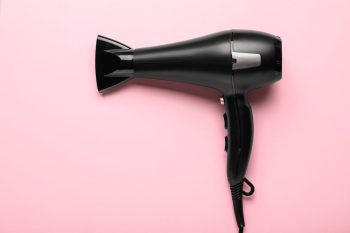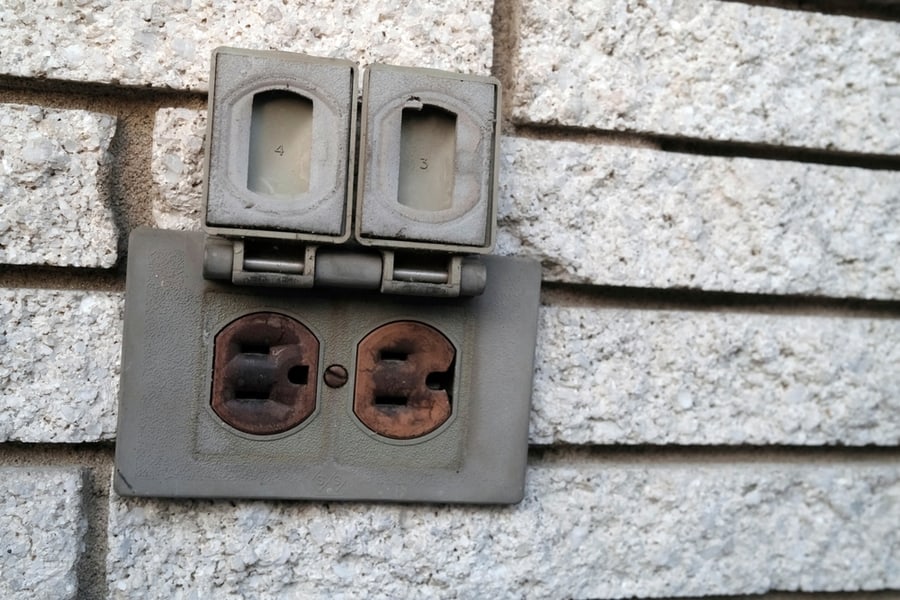
You got an outdoor outlet you want to protect from rain? They look sturdy, and you want to ensure they stay protected from rain. Without proper cover, outdoor outlets can be ruined quickly.
A home exposed to a lot of wet weather or humidity can wear down the materials around an outlet faster.
It’s essential to keep your outdoor electrical outlets protected from the elements. But most people wonder, how can they do that? What kind of cover would be best for their home?
Here are a few steps to protecting outdoor outlets from rain.
- Drain all water at the outlet to keep it dry.
- Cover the outlet with a plastic bag and secure it with duct tape.
- A slow-dripping shower head can draw moisture away from the outlet.
- Seal the outlet completely with weatherproof material like caulk or silicone sealant.
- Don’t put anything on the outlets; you do not want to be wet.
Protecting outdoor outlets from rain is easy. Just follow these steps and prevent rain from getting to your outlets.
Protecting outdoor outlets from rain is the secret to staying safe and dry. If you have outdoor outlets, this article will show you ten ways to protect outdoor outlets from rain.
How To Protect Outdoor Outlets From Rain
Water is one of the most destructive elements of outdoor power outlets. Not only does water damage the outlet itself, but it can be costly and time-consuming to repair! The best way to protect them from rain is to cap them off.
Here are the ten ways to protect outdoor outlets from rain.
1. Cover the Outlet With Plastic Wrap
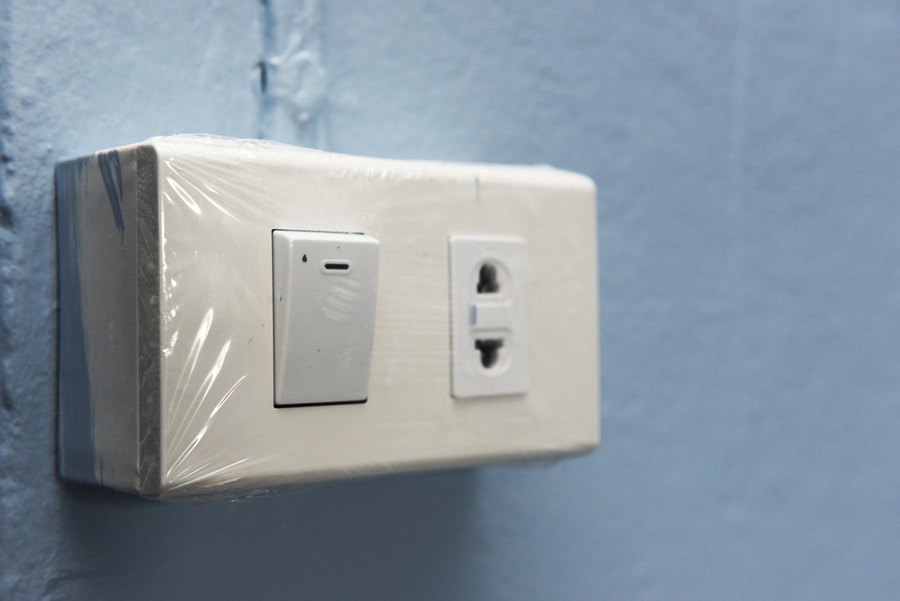
If you’re planning to put your outdoor outlet on the ground, you’ll need to protect it from rain. This is easy to do by covering the outlet with plastic wrap.
Cover the entire outlet with one piece of plastic wrap so that no rain can get in. Leave enough room for cords to go through and plug in.
Next, cover the remaining space with another plastic wrap that overlaps where the first piece ends. Fold the overlapping area over itself and tape it down with duct tape for extra protection.
You can also use a flexible rubber gutter guard as an alternative to plastic wrap if you don’t want to use duct tape or worry about water getting in through holes in the tape.
2. Use a Heavy-Duty Outlet Cover

Heavy-duty outlet covers are inexpensive to protect your electrical outlets from water. There are many different types of heavy-duty outlet covers available. These covers come in various colors and styles, so you can find the one that best fits your outdoor decor.
The weight is the most important thing to consider when choosing an outdoor outlet cover. Heavy-duty covers are designed to withstand rain, wind, snow, and other elements associated with the outdoors.
If you’re looking for something more decorative, options are available that won’t do as much to protect your outlets but will still look nice outside.
You may also want to use a combination of both types of covers if you have multiple outlets outside that need protection from the weather.
3. Use Duct Tape

Duct tape is also a great way to waterproof outdoor outlets. It’s not a permanent solution, but it will keep your outlet from becoming damaged during the rainy season.
If you’re worried about the aesthetics of the duct tape, you can wrap it in plastic or buy weatherproof electrical outlet covers.
- Clean off any dirt or grime on the surfaces of your outlets with soap and water, then dry them thoroughly.
- Cut strips of duct tape to fit around each of your outlets, then press down firmly on top of them so that they adhere well to the surfaces of your outlets.
- Wrap another strip around each outlet horizontally to seal off any gaps between the two strips that you’ve already put on top of each other vertically.
4. Cover Your Outlets With Landscape Fabric

Landscape fabric is a tightly woven cloth that can be cut to fit any size outlet. You can attach staples or duct tape to the outlet box and around the cord.
Many people use landscape fabric, often sold in rolls at local hardware stores. It comes in various colors, but most have a rougher texture than you might imagine. It can also be expensive, especially if you need a lot.
Cut the fabric to fit over each outlet; you may want to use a tarp or other material underneath it, then tape it down, so it doesn’t blow away. The fabric will keep water out of your outlets while allowing you to use them without problems.
5. Place a Grounding Block on Your Power Socket
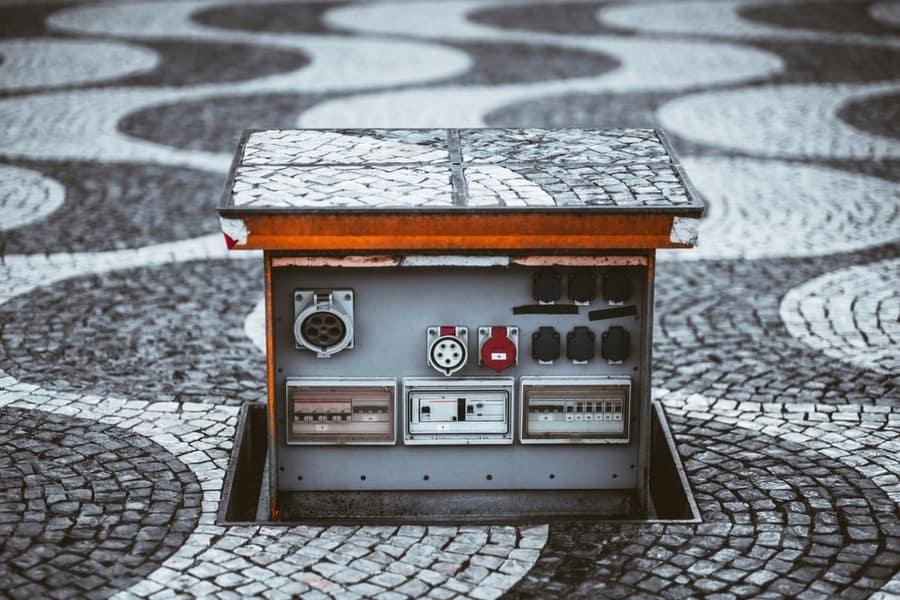
The main reason that outdoor outlets can short out is because of water. One of the most common ways to protect your outdoor outlet is to place a grounding block on the power socket. The grounding block will prevent moisture from entering the socket and causing damage.
Place the grounding block on top of the outlet, so it doesn’t get wet during rainstorms and doesn’t interfere with plugging in an extension cord when needed. Ensure it’s placed far away from the socket, so no water flows into it during heavy rains.
You can even use a Ground Fault Circuit Interrupter (GFCI) to protect your outdoor outlets, which most electrical codes recommend. GFCIs are designed to trip if there’s a problem with the wiring or if someone gets in contact with an energized conductor.
6. Install a Waterproof Cord Cover
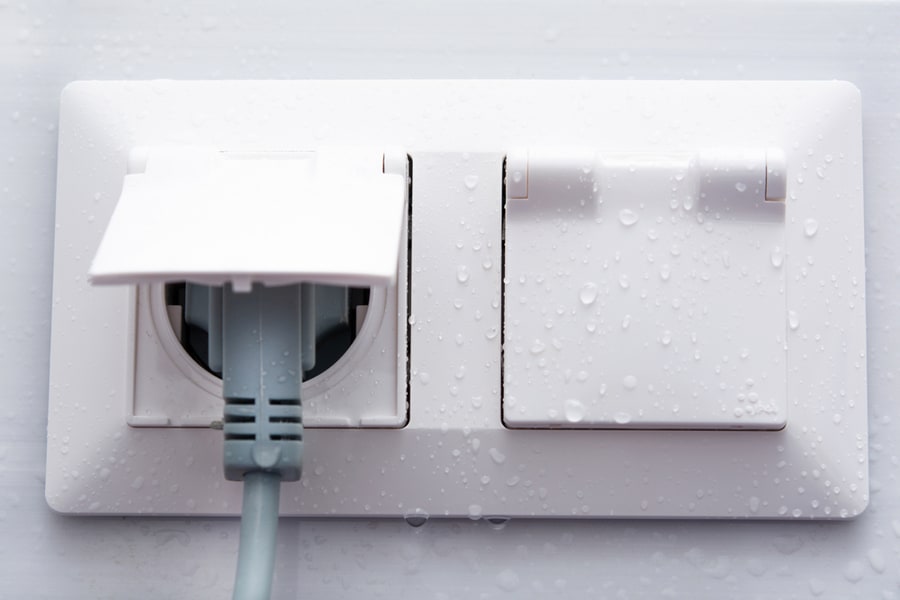
The waterproof cord cover will ensure the power cord stays dry and safe from any water damage. It will also prevent the metal part of the outlet from rusting away.
The waterproof cord cover comes in two sizes, which are 5 feet long and 10 feet long. They are made of rubber material, which allows them to be flexible and elastic so that they can be easily wrapped around any type or size of the power cord.
7. Cover the Outlet With a Pipe Cap

Pipe caps come in several different styles, but they all have a thing in common. They’re designed to fit over pipe fittings and prevent water from entering them.
The ones designed specifically for electrical outlets are usually made of plastic or rubber and come with a metal screw connecting directly to the socket outside of your home outside the cap, unscrew your existing outlet cover and screw on the new one overtop of it.
You may need to remove some additional parts inside of your home before doing this so you can access all sides of your outlet.
8. Use Bubble Covers

The other easiest way to protect outdoor outlets from rain is to use bubble covers. They are plastic covers that fit over the outlets and prevent water from getting inside.
Bubble covers come in different sizes, so you can get ones designed for a single outlet or multiple outlets in a row. You can push the bubble down over the outlet; then, it conforms to its shape and locks into place.
The most significant benefit of the bubble cover is that it’s cheap, at just a few dollars per unit. In addition, it’s easy to install; all you have to do is push it over the outlet.
9. Surround Them With a Shelterbox
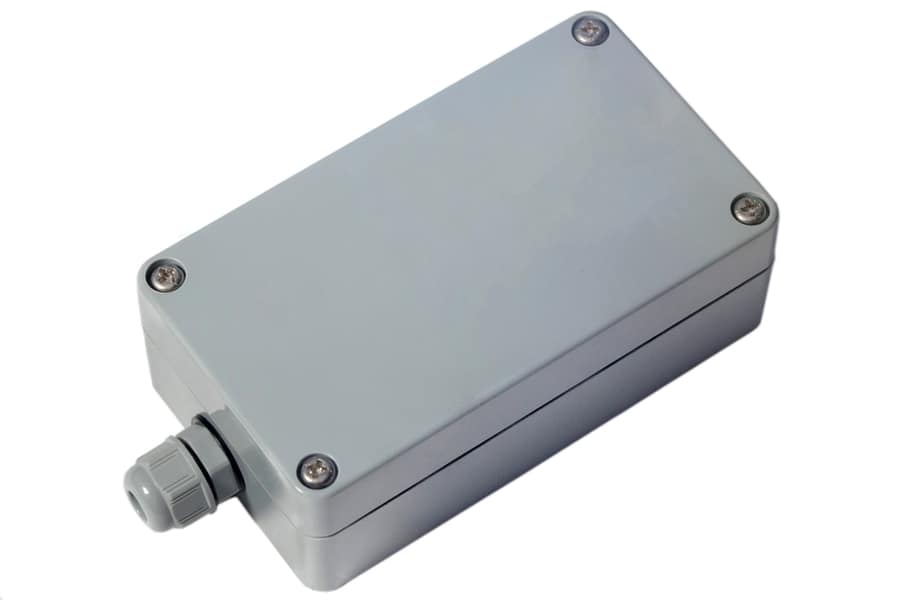
One of the best ways to protect outdoor outlets is to surround them with a Shelterbox. They’re made of metal and plastic, so they’re durable and waterproof. You can get one of these at an outdoor store or online.
They’re relatively inexpensive. They come in many different sizes, so you can get one that will fit your outlet perfectly.
Once you have a Shelterbox, all you have to do is screw it on top of your outlet cover plate. The box has a slot where you slide the cover plate through and screw holes for attaching it to the box itself.
10. Use Nothing but Aluminum
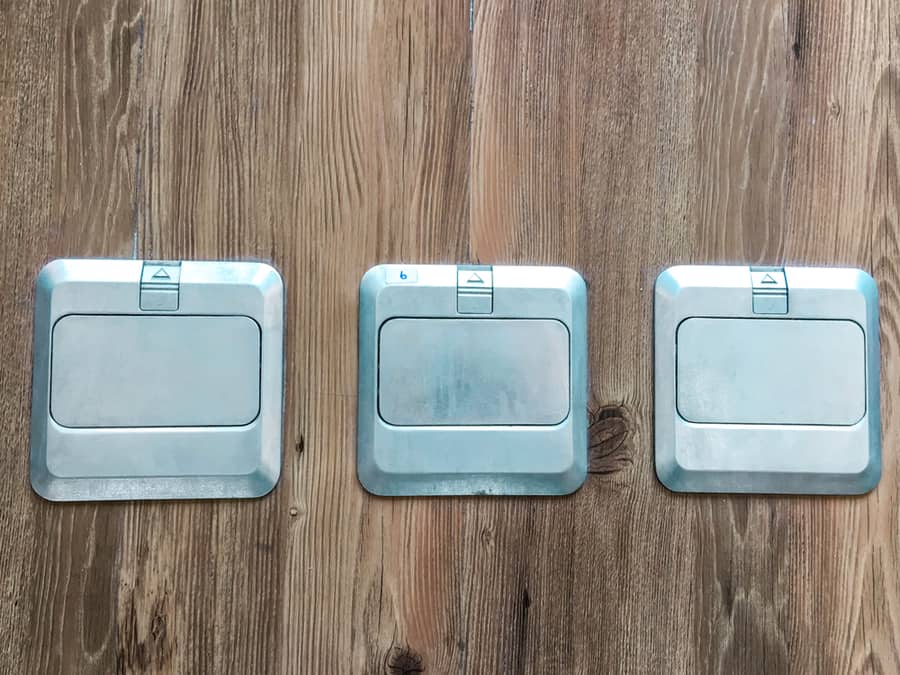
Most people don’t realize it, but the bolts and screws used to hold the outlet box to the side of the house are made of galvanized steel. This means that when those bolts get wet, they will turn green.
That’s a good sign that the metal is rusting from the inside out. If you look closer, you’ll see that this is happening on both sides of your outdoor electrical outlets.
Over time, these rusted connections will cause electricity to leak into your house and create an unsafe environment for anyone nearby.
To prevent this from happening, you must replace all galvanized connections with aluminum ones. They don’t cost much more than their galvanized counterparts but will last forever without corrosion issues in wet weather.
Conclusion

The best way to ensure the longevity and efficiency of your outdoor electrical outlets is to take proper precautions to protect them. Whether you live in a place prone to heavy rain or are extra cautious, you can protect your outdoor outlets from the rain with these quick, easy fixes.
Hopefully, you found this article helpful and that you can use some of these ideas in your own home. Cover the outlet with plastic wrap, duct tape, and bubble covers; you will save time and money on replacing damaged outdoor outlets.
Frequently Asked Questions
How Do You Keep a Plug Dry Outside?
To keep an outdoor outlet dry and safe, you must ensure that the plug is sealed off and protected. This can be done with a plastic bag or a cap that covers the whole outlet. The best method for protecting your outlet is to use a waterproof cover for the entire outlet box to protect all of your wires from water damage.
However, if you don’t want to do this and only want to protect individual plugs from water damage, you should use a waterproof cover for each plug.
Do Outdoor Plugs Need To Be Covered?
Outdoor plugs are designed to be weather resistant, but that doesn’t mean you should leave them uncovered. Covering your outdoor outlets will protect them from rain, snow, ice, and other elements that can corrode your outlet’s wires.
Covering your outdoor outlets is a good way to get to prevent water from entering and damaging the connections inside the outlet. It also helps keep insects and animals out of your home by keeping them from getting into the cracks around your outlet.

